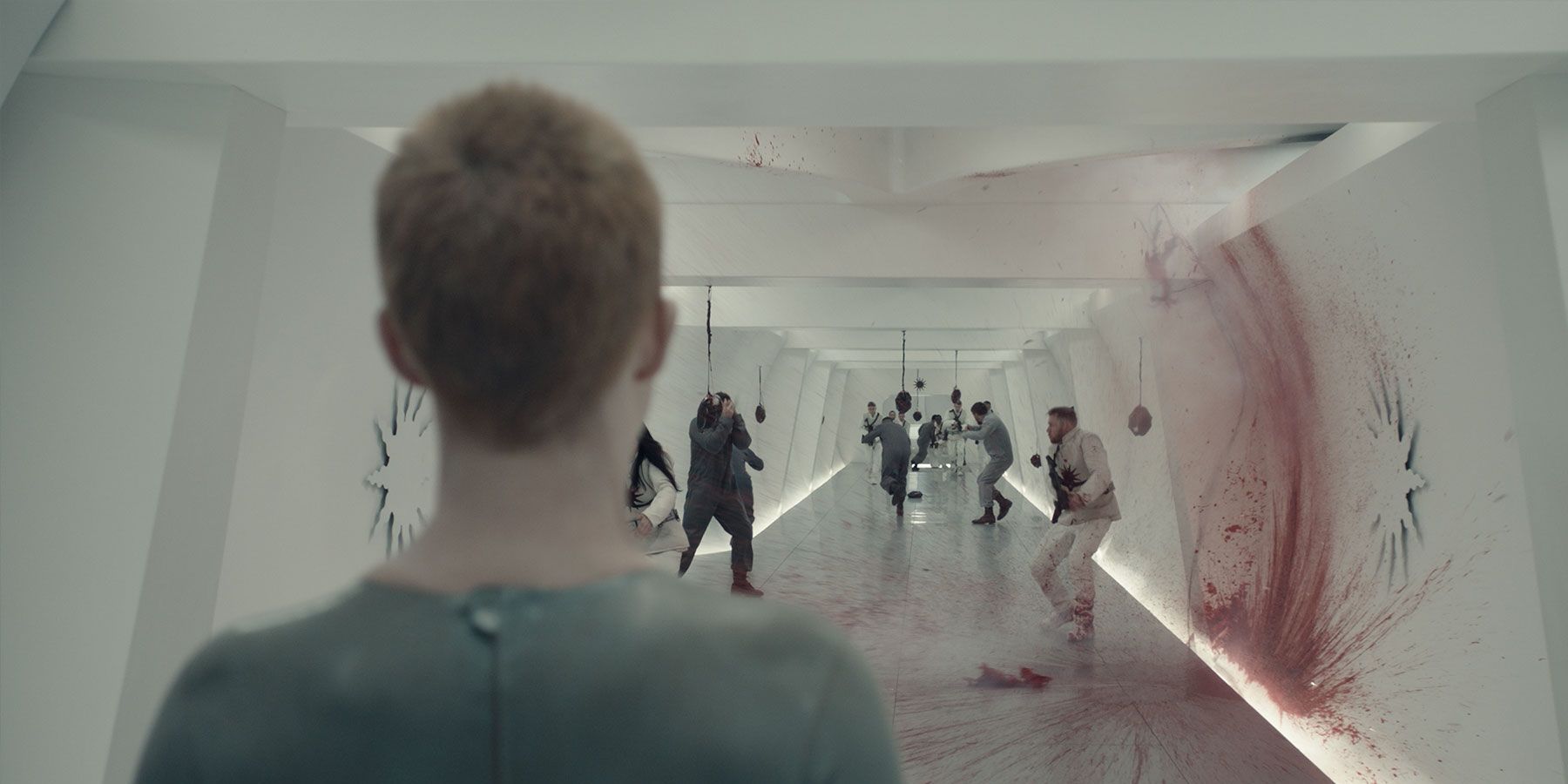A quadruped robot can learn how to walk by adjusting its gait after every stumble, mimicking the way animals learn how to move
Technology
18 July 2022
Morti the robot learns to walk by stumbling about Felix Ruppert and Alexander Badri-Sprowitz
A four-legged robot took only an hour to learn how to walk without stumbling, roughly the same amount of time as newborn foals need.
Felix Ruppert and Alexander Badri-Sprowitz at the Max Planck Institute for Intelligent Systems in Stuttgart, Germany, designed the half-metre-high robot called Morti and gave it the ability to teach itself how to walk, rather than to execute a preprogrammed gait.
Morti is controlled by an artificial intelligence algorithm that doesn’t have much information about the robot’s legs, such as the exact shape of each component. The AI mimics networks of neurons that some animals have in their spinal cords and which help them walk by making their muscles contract in a predictable rhythm.
The AI generates walking instructions for Morti to follow. It then adjusts them based on readings from foot sensors that signal when the robot falls and loses contact with the ground. Initially, Morti falls and tumbles, but after about an hour the AI finds the best way to walk, says Ruppert.
Because the AI learns rather than calculating details of each leg motion in advance, which can use a lot of energy, Morti can lower its energy consumption as it learns to walk. At the end of an hour-long learning process, it walks using 42 per cent less energy than when it first starts.
Morti’s process mimics the way baby animals learn to move, as they also find the most efficient way to use their muscles by trying and initially stumbling. “Just by learning to use legs properly, you basically get energy efficiency for free,” says Ruppert.
Dhireesha Kudithipudi at the University of Texas at San Antonio says that AIs can often learn a specific task very well but can’t recalibrate when the environment changes. Morti’s design, which relies on continually adjusting the robot’s motions, may perform better in that regard.
Hillel Chiel at Case Western Reserve University in Ohio says that the brains of animals contain structures and knowledge that aid their learning. Some AIs can mimic animal-like learning, but their artificial nervous systems are generally not yet as complex, he says.
Ruppert says he and the team are working on adding more sensors and range of motion to Morti to make it a more animal-like robot.
Journal reference: Nature Machine Intelligence, DOI: 10.1038/s42256-022-00505-4
More on these topics:
























































